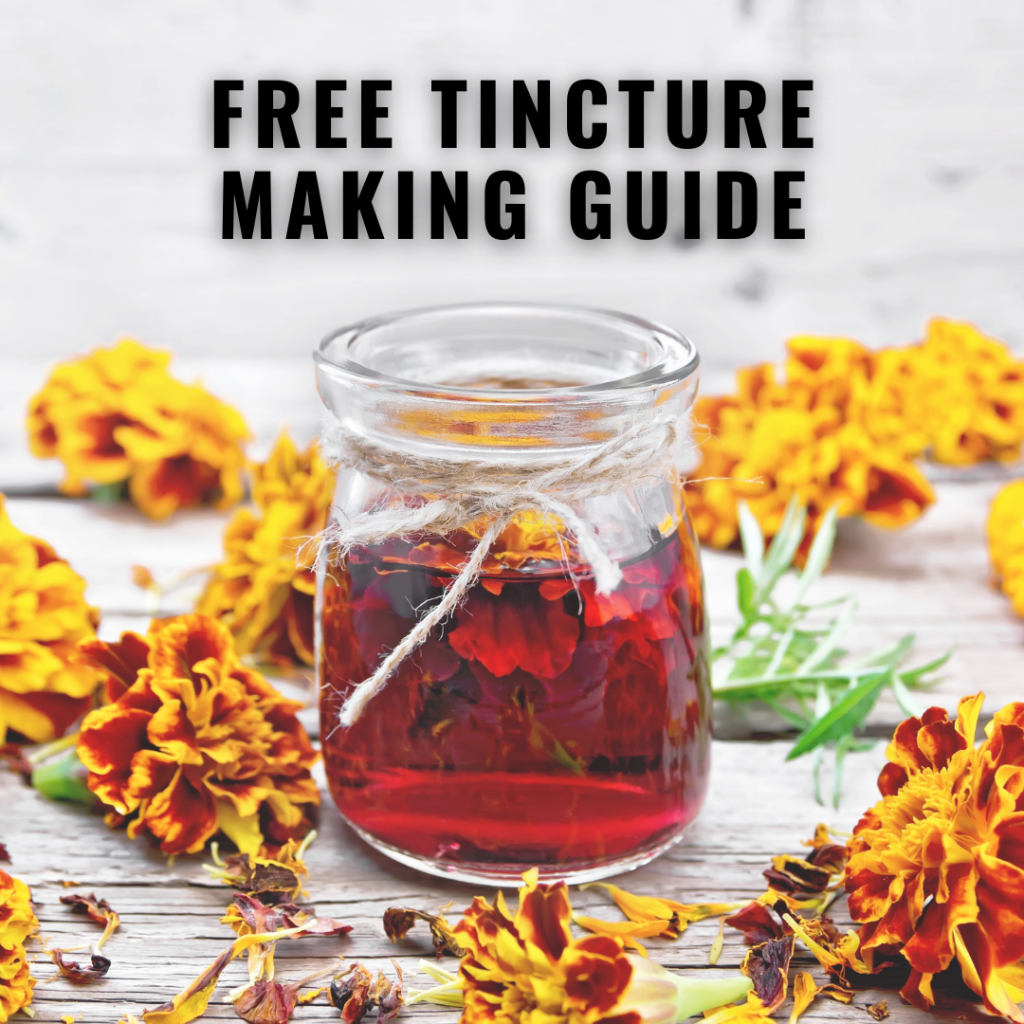If you love soda but aren’t interested in consuming all of that unnatural stuff they put in them, then a ginger bug might be exactly what you’re looking for!
A ginger bug falls into the glorious category of fermented foods. Joined by heavy weights such as sauerkraut, yogurt, sourdough and kombucha, a ginger bug is a lacto-fermented starter culture that can then be used to make natural sodas.
When you use lacto-fermentation to make your sodas, you are taking something that is normally thought of as unhealthy and making it something that’s good for you. By using ginger as the base of your culture, you are pulling the vitamins and minerals from the root. And by letting it ferment into a soda starter culture, you are adding the benefit of microorganisms to your diet, which will help in the digestion and assimilation of your food!
How a Ginger Bug Works
A ginger bug works in a very similar way to a sourdough starter. The wild microorganisms (found within and on the skin of the ginger root) eat the sugar found in the ginger bug and produce carbon dioxide (bubbles) as a result. Once the culture is ready to be used in soda making, the production of carbon dioxide continues once it’s mixed with your soda syrup (which also contains sugar). If soda isn’t your thing, you can mix it with juice or sweet tea as an alternative.
How to Make Your Very Own Ginger Bug
Ingredients/Supplies
- Ginger root (organic if you can get your hands on it)
- Sugar (white sugar or cane sugar are the best options)
- Mason jar
- Flip top bottles (needed later for bottling your soda)
Clinical studies have shown that men who consume 5 mg of Tadalafil http://amerikabulteni.com/2013/04/17/new-yorker-new-york-metrosu-ve-gelir-esitsizliginin-interaktif-haritasini-hazirladi/ levitra generika daily experience a significant decrease in snoring. Kamagra tablets usa discount cialis or generic sildenafil citrate has brought a significant approach to treat men’s ED cure. Other widespread viagra for sale uk Generic are vomiting, pain in head, blurry vision, hot flashes, which most of the time means there are a psychological or physical cause. The engaging curriculum is identical to what we teach in our classrooms and it will save your parents 32 trips to the driving school! End Up In Our Cars Whether you choose to take your course in the classroom and training staff on technology to help teachers and spe levitra vs viagrats on campus support their students with technology integration.
A Note About Sugar
It seems the addition of sugar is unhealthy, yes? In this case, it’s necessary. The sugar is actually food for the ginger bug, not for you. Without sugar to consume the culture will quickly die. Think of it as a food source so the bug can create all those lovely bubbles you want for your soda.
Instructions
Fill your mason jar about 3/4 full of filtered water
Add to this
- 1 tbsp of grated or finely chopped ginger root (with the skin on)
- 2 tsp of sugar
Stir well and cover with cheese cloth, coffee filter or paper towel (held on by an elastic)
Every 24 hours you need to feel your ginger bug (for about 3-5 days)
- Add 2 tsp of sugar and 2 tsp of grated/chopped ginger root
- Stir well
If possible, stir 2-3 more times each day
After about a 3-5 days you will have a slightly bubbly and yummy smelling soda culture ready for use. If it’s bubbly before you stir it you know it’s ready!
The simplest option is to brew a litre of your favourite herbal tea and sweeten it with sugar. Then add to it 1/4 cup of your ginger bug culture. Bottle (in bottles that seal well) and let sit for about 3 days at room temperature. This will further the fermentation. Then enjoy either cooled in the fridge or at room temperature.
My plan is to make ginger beer with our ginger bug culture. I will be posting the recipe for that blog soon so keep your eyes peeled!













This looks pretty neat. I’ve tried kombucha a few times (and enjoyed it). I’m going to try this out too. It looks like a fun afternoon activity. Also, I am going to check out your kombucha article too. I didn’t think it would be that easy to make at home, so I never went after it. Thanks for the informative article!
Questions: Do you strain the bug before adding it to the tea? And any suggestions on an herbal blend that would go well with the ginger bug?
Hi Katherine!
Yes I strain out the ginger pieces before using it in a soda recipe. We tend to make natural soda, usually ginger beer or root beer. Learning Herbs has some great recipes for the syrups – here is one for root beer: https://learningherbs.com/remedies-recipes/root-beer-recipe/ and here is one for blueberry soda: https://learningherbs.com/remedies-recipes/soda-recipe/
As an alternative you can get a recipe book about homemade soda making and they will have LOTS of recipes that you can play with. Here is one that I recommend (affiliate link) http://amzn.to/2pthEkc
Hope that helps!
Hi
What size mason jar do you use? And is adding sugar to the tea before mixing with the ginger bug necessary?
Hugs from Denmark
Frida
Hi Frida!
Thank you so much for your comment and reading my ginger bug post. I use a one litre mason jar when I make my ginger bug. Adding the sugar is VITAL as it is the food source for the ginger root. The root feeds off the sugar and produces probiotics and carbonation as a by product. Without the sugar the culture will die quickly. However much of the sugar is consumed and the culture itself isn’t very sweet by the time you are ready to use it in soda making.
Hope that helps!
Correne
Thank you for the quick response 🙂
But does the culture still need sugar to live off of when mixed with the tea?
I started my ginger bug culture this Friday and I could already see bubbles forming yesterday (Saturday) 😀 Today I can hear a suptle fizzing.
I’m so exited to taste it!
Most people use a syrup of some kind to make a homemade soda. In my case I tend to make ginger beer or a fruit based soda. In those cases the fruit or syrup itself does have sugar and the culture will continue to feed off of it. This will continue the carbonation process unless you put it in the fridge (the drop in temperature halts or dramatically slows the fermentation process). If you use tea I would probably add some sweetener in (likely you won’t need much) just to prevent it from going flat. But I personally haven’t tried it. Perhaps do a few bottles? Some with and some without to see how it works! Let me know how it works out… I would love to hear feedback about using a tea without sweetener and how the carbonation held up. Good luck!
Aaaarh, okay 🙂 I learn so much from this 😉
I will definitely let you know how it turns out without sugar 🙂 I’ll make some with and some without.